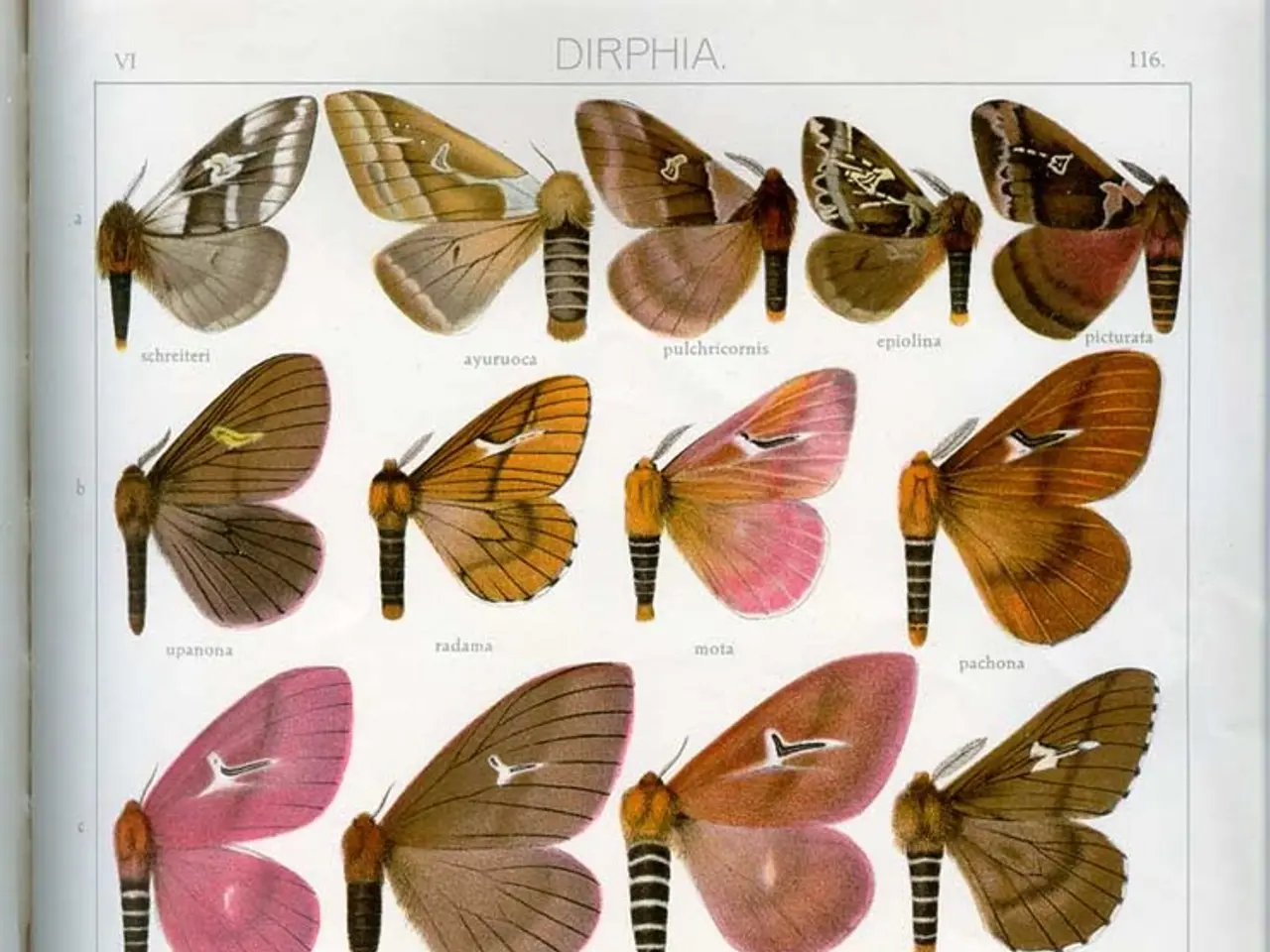Randomness and Creativity: Amplifying Problem-Solving Through Chaos
Unleashing Creativity: The Role of Brain Entropy
Brain entropy, a measure of the complexity and variability in neural activity patterns, has been linked to creativity and problem-solving. This concept suggests that a more dynamic, less predictable brain state can foster novel ideas and effective solutions.
Practices like meditation, free writing, improvisation, and strategic boredom can help increase mental entropy, encouraging a more fluid and flexible mindset. These activities break the routine and allow the brain to explore unexpected pathways, finding patterns in the noise.
Creativity doesn't always come from careful planning. Sometimes, it comes from letting go, from randomness, and allowing the brain to wander. A high-entropy brain doesn't just think differently; it thinks in many directions at once.
Research into psychedelics has shown that substances like psilocybin or LSD significantly increase brain entropy, contributing to altered perceptions, emotional insights, and creative breakthroughs. This supports the idea that a moderate increase in brain entropy—representing higher neural complexity and interconnectedness—is beneficial for creative cognition and effective problem-solving.
However, a brain with excessive entropy, as seen in some mental health conditions like schizophrenia, can lead to disorganized thought. It's essential to maintain a balance between order and chaos for optimal creative thinking.
Low-entropy states, such as focused attention on a task, repetitive habits or routines, and stress-induced tunnel vision, are useful for precision, discipline, and execution, but not for breakthroughs. Breaking routines, mixing disciplines, using random input, allowing daydreaming, and juggling constraints are simple strategies to stimulate mental looseness that supports creative thinking.
Scientists measure brain entropy using tools like functional MRI (fMRI) or EEG. For instance, during psychedelic states, studies show increased brain entropy linked to the breakdown of typical modular brain networks and greater communication between normally separate networks. This brain state is described as highly malleable and fluid, consistent with hypotheses like REBUS (Relaxed Beliefs Under Psychedelics), facilitating novel perceptions and ideas.
In sum, brain entropy plays a critical role in creativity and problem-solving by increasing neural flexibility and enabling novel combinations and integrations of information. This neural variability helps the brain move beyond habitual patterns and supports the generation of original ideas and solutions.
References:
[1] Carhart-Harris, R. L., et al. (2016). Neural correlates of the psychedelic state as determined by fMRI studies with psilocybin. Neuropsychopharmacology, 41(1), 28–40.
[2] Beaty, R. E., & Orwoll, T. S. (2015). Creativity and the brain: The role of neuroplasticity, brain entropy, and the default mode network. Frontiers in Human Neuroscience, 9, 525.
- To encourage a more dynamic mindset conducive to creativity, practices like meditation, free writing, improvisation, and strategic boredom can help increase mental entropy.
- Not all creativity arises from careful planning; sometimes it originates from letting go, from randomness, and allowing the brain to wander, fostering a high-entropy brain state.
- Research into psychedelics has shown that substances like psilocybin or LSD significantly increase brain entropy, contributing to altered perceptions, emotional insights, and creative breakthroughs.
- A brain with excessive entropy, as seen in some mental health conditions like schizophrenia, can lead to disorganized thought, so it's crucial to maintain a balance between order and chaos for optimal creative thinking.
- During focused attention on a task, repetitive habits or routines, and stress-induced tunnel vision, the brain tends to be in low-entropy states, useful for precision, discipline, and execution, but not for breakthroughs.
- Breaking routines, mixing disciplines, using random input, allowing daydreaming, and juggling constraints are simple strategies to stimulate mental looseness that supports creative thinking.
- Scientists measure brain entropy using tools like functional MRI (fMRI) or EEG, and studies show increased brain entropy linked to the breakdown of typical modular brain networks during psychedelic states.
- Brain entropy's critical role in creativity and problem-solving is in increasing neural flexibility and enabling novel combinations and integrations of information, helping the brain move beyond habitual patterns and support the generation of original ideas and solutions.
- Incorporating elements of nootropics, supplements, exercise, meditation, and a focus on mental health and wellness into one's health-and-wellness and fitness-and-exercise routine may positively contribute to fostering an optimal balance of brain entropy for creative cognition and effective problem-solving.




